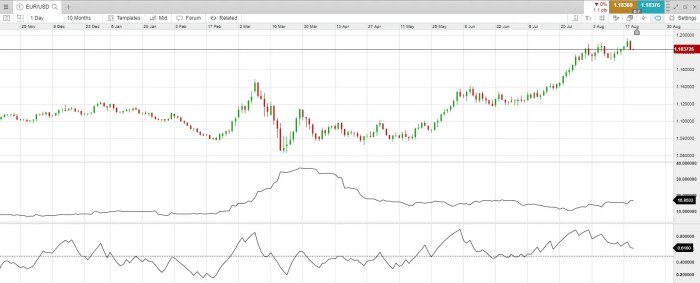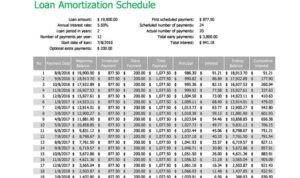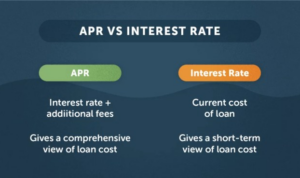Get ready to dive into the world of Market volatility strategies, where the game is all about staying ahead of the curve and making those smart moves. From understanding the ins and outs of market volatility to mastering the art of risk management, this guide has got you covered. So, grab your seat and let’s rock this market together!
As we delve deeper into the strategies and techniques used to navigate through turbulent market waters, you’ll be equipped with the knowledge and skills to come out on top.
Overview of Market Volatility Strategies

Market volatility refers to the degree of variation in the price of a financial instrument within a specific period. It is a crucial aspect for traders as it can present both opportunities and risks in the market. Understanding market volatility allows traders to adjust their strategies accordingly to capitalize on price movements.
Recent market volatility events, such as the COVID-19 pandemic or geopolitical tensions, have had a significant impact on trading strategies. During these events, markets experienced sharp fluctuations, leading to increased uncertainty and risk for traders. Having effective strategies in place is essential to navigate through such volatile periods successfully.
Short-term volatility strategies typically involve taking advantage of short-lived price movements, such as day trading or scalping. On the other hand, long-term volatility strategies focus on positioning for broader market trends and fluctuations over an extended period. Both strategies require different approaches and risk management techniques to adapt to varying market conditions.
Common Market Volatility Strategies
Market volatility can be both exciting and nerve-wracking for traders and investors. During turbulent times, it’s crucial to have a solid strategy in place to navigate the ups and downs effectively. Let’s delve into some common market volatility strategies that can help you manage risk and maximize returns.
Buy and Hold Strategy
The buy and hold strategy involves purchasing securities and holding onto them for the long term, regardless of short-term market fluctuations. This approach is based on the belief that over time, the market tends to rise, and holding onto investments can lead to positive returns. During volatile markets, sticking to this strategy can help investors avoid making impulsive decisions based on short-term fluctuations.
Diversification
Diversification is the practice of spreading your investments across different asset classes, industries, and geographical regions. By diversifying your portfolio, you can reduce the impact of a single market event on your overall investment performance. During periods of high volatility, a well-diversified portfolio can help cushion the impact of sudden market movements and protect your investments from excessive risk.
Stop-Loss Orders
Stop-loss orders are a risk management tool that allows investors to set a predetermined price at which they are willing to sell a security. In volatile markets, stop-loss orders can help limit potential losses by automatically selling a security when it reaches a certain price level. By using stop-loss orders, investors can protect their capital and minimize the impact of sudden market downturns.
Active Trading Strategies
Active trading strategies, such as day trading and swing trading, involve frequent buying and selling of securities to capitalize on short-term price movements. During volatile market conditions, active trading strategies can be both profitable and risky. Day trading focuses on making quick profits within the same trading day, while swing trading aims to capture short- to medium-term price swings. It’s essential to understand the risks involved in active trading and have a solid risk management plan in place to navigate volatile markets successfully.
Risk Management Techniques for Market Volatility
Risk management is crucial in volatile markets to protect investments and minimize potential losses. By implementing effective risk management strategies, traders and investors can navigate through turbulent market conditions with more confidence and control.
Position Sizing and Risk/Reward Ratios
Position sizing involves determining the appropriate amount of capital to allocate to each trade based on the level of risk. Setting risk/reward ratios helps in determining the potential profit compared to the amount at risk in a trade. By carefully managing position sizes and risk/reward ratios, traders can optimize their risk exposure and increase their chances of profitability.
Hedging as a Risk Management Strategy
Hedging is a risk management technique that involves taking offsetting positions to protect against potential losses. In volatile markets, hedging can help reduce the impact of adverse price movements on a portfolio. For example, investors can use options contracts or futures contracts to hedge against market volatility and limit downside risk.
Utilizing Options Trading for Risk Management
Options trading provides an effective way to manage risk during periods of market volatility. By using options contracts, traders can hedge their positions and protect against potential losses. For instance, purchasing put options can act as insurance against a decline in the value of an underlying asset, providing a level of protection in volatile market conditions.
Behavioral Finance and Market Volatility
Investor behavior plays a crucial role in influencing market volatility. Understanding the impact of behavioral biases on decision-making during turbulent market conditions is essential for traders looking to navigate volatility effectively.
Impact of Investor Behavior on Market Volatility
- Investor sentiment can drive market movements, leading to increased volatility.
- Herding behavior, where investors follow the crowd, can exacerbate market swings.
- Overreaction to news or events can result in sharp price fluctuations.
Common Behavioral Biases in Volatile Markets
- Loss Aversion: Investors tend to feel the pain of losses more than the joy of gains, leading to irrational decision-making.
- Confirmation Bias: Investors seek information that confirms their existing beliefs, ignoring contradictory evidence.
- Recency Bias: Investors give more weight to recent events, overlooking long-term trends.
Understanding and Developing Effective Strategies
- By recognizing and managing behavioral biases, traders can make more rational decisions in volatile markets.
- Implementing risk management techniques can help mitigate the impact of emotions like fear and greed on trading decisions.
- Developing a disciplined trading plan based on an understanding of behavioral finance can lead to better outcomes during times of market volatility.






